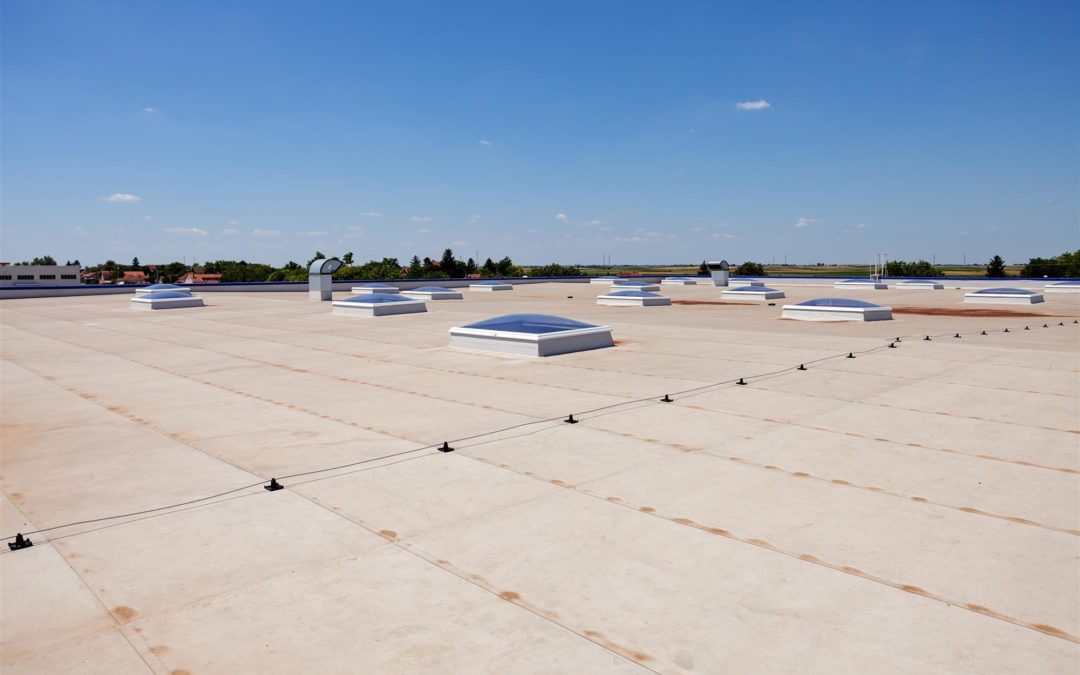When you think about the roofing materials used over the roof on your commercial building, it is not uncommon to expect them to last a long time. Depending on the product used, most building owners expect a high-quality commercial roof to last a minimum of five years and, sometimes, as many as twenty-five years.
However, roofs are exposed to all sorts of elements, from rain, snow, and ice to high winds and extreme temperatures. Mother Nature can put a dent into the expected lifespan of all sorts of roofing materials and could shorten it. In addition, certain types of roof damage can be difficult to notice if you do not know what you are looking for to determine the current condition of the roof.
To illustrate, after strong thunderstorms and high winds you do a visual inspection of the roof and everything appears to have survived the storm without any damage. However, what you do not know or cannot see is a small crack in caulking or void around the roof vents and other penetrations, where some water has already gotten inside.
Then, a few months later, after several rain showers, you notice discoloration on your ceiling tiles and realize you have a leaky roof. As you can see, even the smallest areas on the roof could easily be missed when there has been actual damage.
To identify roof damage, you need to perform regular inspections after any major weather system. Take a look at the roofing materials and look for signs of cracks, peeling, blistering, curling up, damage to caulk/roofing tar, and so on. Pay careful attention to areas around the perimeter, as these areas are where most difficult-to-see damage begins.
Other signs there could be damage to a roof include:
- Signs of mold, mildew, or moss growing on the roof. This indicates excess moisture under roofing systems.
- Standing pools of water on the roof. When water cannot drain away and sits on top of roofing materials, it can cause damage.
- Loose roofing tiles, membranes, or other materials. If you notice various areas of the roof is loose and slide easily, there is a problem.
- Missing sections of roofing materials. If pieces of roofing materials are missing or it no longer looks uniform, the roof has been damaged.
- Blisters/bubbles forming under roofing materials. Roofing materials are meant to remain flush and, when they start to form blisters or bubbles, this means there could be water damage.
If you notice any damages during your visual inspection, you need to get them repaired immediately to prevent further damage, which can lead to more costly repairs. If you have suspicions there might be damage but are not entirely sure, contact one of our professional commercial roofers to arrange a detailed inspection.
Fixing damages sooner, rather than later, not only saves you money but also prevents costly interior damages. Call Pfister Roofing at 973-569-9330 today to schedule your commercial roof inspection!


